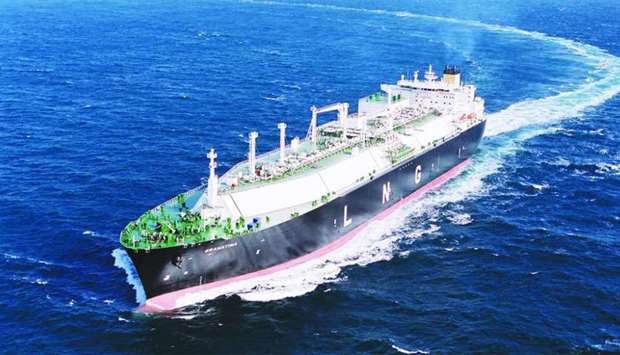The competition is heating up for who will build the first terminal to import liquefied natural gas in Europe’s biggest market for the fuel.
At least three big facilities are underway as utilities take advantage of a few suppliers vying to enter the region’s expanding LNG market. New facilities to import the fuel will help the US get a foothold in the region so far dominated by Russia and Norwegian pipeline gas.
One company with plans to build a facility near Hamburg is finalising capacity contracts with several companies, Marcel Tijhuis, business development executive at German LNG Terminal GmbH, said in an interview in Vienna. Deals will be announced in the next four or five weeks, and he expects to get most of the permits for the project this year.
Only last week, the German utility Uniper SE and Exxon Mobil Corp signed an agreement of long-term booking for a “substantial” share of regasification capacity at a planned floating LNG terminal in Wilhelmshaven, in the North Sea.
“We are in the permitting process for the LNG terminal, discussing with local, regional, federal authorities and it is going extremely well,” said Tijhuis. “It is advanced. We are getting good support from regional and local authorities.”
The target is to get final investment decision in place at the end of 2019, or early next year, he said. It would be a step forward for Germany to finally have its first liquefied natural gas import terminal as the country seeks to diversify its sources of energy supply.
Russia accounted for about 45% of Germany’s imports in 2017, according to McKinsey & Co.
The amount of liquefied natural gas being pumped into Europe’s terminals is set to rise to record for the third month in January. There are no signs yet that LNG imports into the region’s traded hubs will ease.
German LNG Terminal GmbH has started the financing process and been approached by banks, according to Tijhuis.
“There are a lot of banks interested in participating in the project,” he said.

